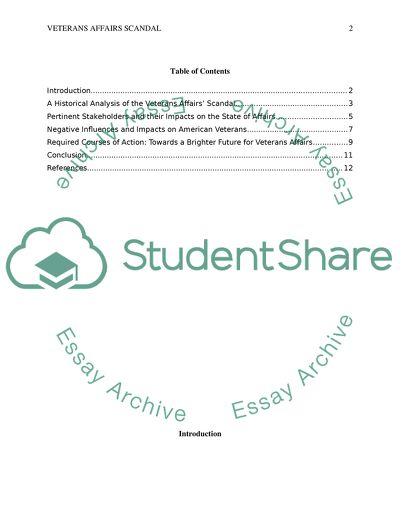Cite this document
(Veterans Affairs Scandal Assignment Example | Topics and Well Written Essays - 2750 words - 1, n.d.)
Veterans Affairs Scandal Assignment Example | Topics and Well Written Essays - 2750 words - 1. https://studentshare.org/sociology/1845445-the-reward-for-serving-the-country-was-a-secret-death-waiting-list
Veterans Affairs Scandal Assignment Example | Topics and Well Written Essays - 2750 words - 1. https://studentshare.org/sociology/1845445-the-reward-for-serving-the-country-was-a-secret-death-waiting-list
(Veterans Affairs Scandal Assignment Example | Topics and Well Written Essays - 2750 Words - 1)
Veterans Affairs Scandal Assignment Example | Topics and Well Written Essays - 2750 Words - 1. https://studentshare.org/sociology/1845445-the-reward-for-serving-the-country-was-a-secret-death-waiting-list.
Veterans Affairs Scandal Assignment Example | Topics and Well Written Essays - 2750 Words - 1. https://studentshare.org/sociology/1845445-the-reward-for-serving-the-country-was-a-secret-death-waiting-list.
“Veterans Affairs Scandal Assignment Example | Topics and Well Written Essays - 2750 Words - 1”. https://studentshare.org/sociology/1845445-the-reward-for-serving-the-country-was-a-secret-death-waiting-list.


